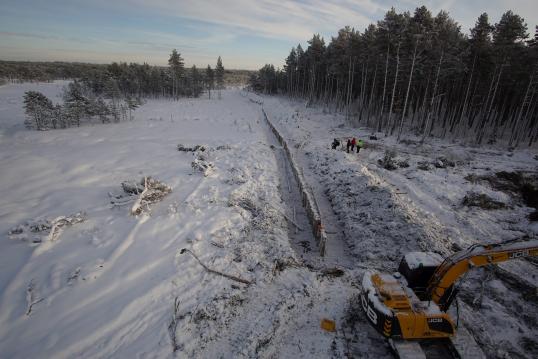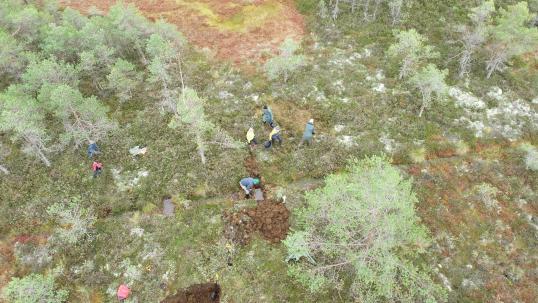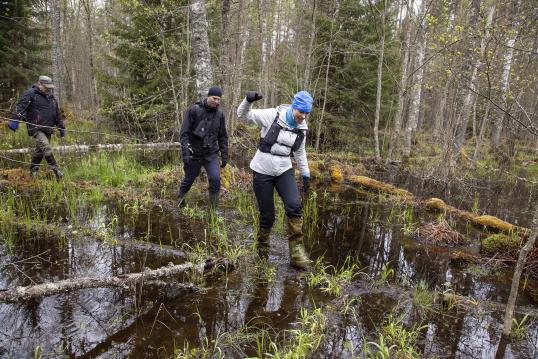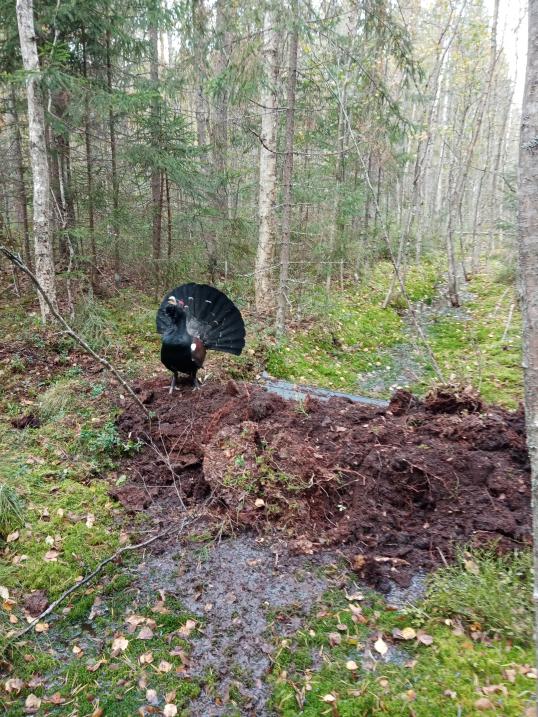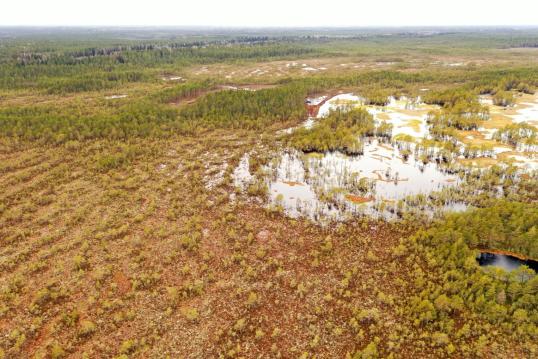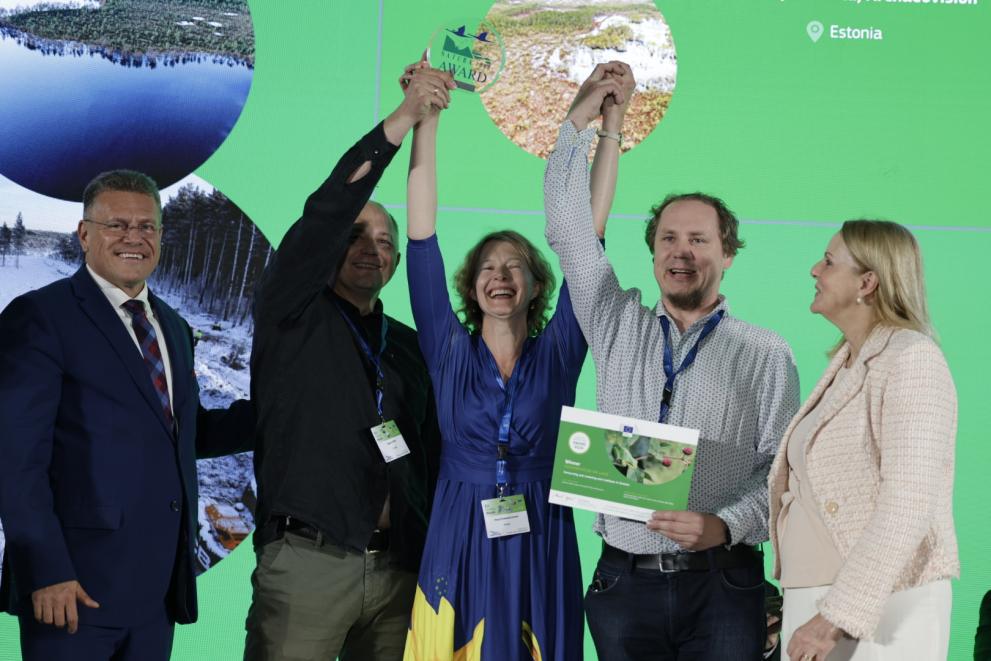
About the winner
| Lead applicants | Estonian Fund for Nature; University of Tartu; Archaeovision |
| Category | Conservation on land |
| Countries involved | Estonia |
| Main Natura 2000 sites | Six Estonian Natura 2000 sites: Tudusoo, Sirtsi, Lahemaa, Alam-Pedja, Agusalu and Ohepalu |
| Website | https://soo.elfond.ee/en/ |
Overview
Mires, a type of wetland characterised by peat formation, are globally recognised as important for both biodiversity conservation and carbon sequestration. In the past, many mires have been drained for agriculture and, as a result, they stopped absorbing carbon, and their fauna and flora deteriorated.
Funded by the EU LIFE programme, the large-scale “Mires Estonia” initiative focused on restoring the most important mire areas in six Natura 2000 site in Estonia: Alam-Pedja, Ohepalu, Sirtsi, Tudusoo, Lahemaa and Agusalu. The project targeted 10 Natura 2000 wetland habitat types recognised as EU-level conservation priorities, including active raised bogs, bog woodlands, Fennoscandian deciduous swamp woods and Western taiga forests.
The Estonian Fund for Nature coordinated the intervention, supported by Archaeovision and the University of Tartu. The project partners carried out a range of best-practice conservation activities including mire restoration, hydrologic monitoring, species monitoring, as well as awareness-raising, education and citizen science.
The project successfully restored the natural water conditions of over nearly 8,000 hectares of mires in Estonia. This was accomplished by closing a 317-kilometre drainage network and constructing around 2,500 dams to reduce the loss of water. Additionally, approximately 300,000 m3 of soil was replaced in order to build dams, and sphagnum moss species (Sphagnum) were sown to enhance the regeneration of mire habitats.
The project partners used both remote sensing and in-situ hydrological and botanical monitoring to quantify the effects of the restoration measures. Several species of EU importance, including the willow grouse (Lagopus lagopus), moor frog (Rana arvalis), western capercaillie (Tetrao urogallus), dragonflies (Leucorrhinia) and bog-associated butterflies reacted positively to the measures resulting in increased population sizes. The species richness in sphagnum mosses, and other mire-associated species, also increased. A methodology and guidelines were developed for the restoration of degraded mire habitats supporting the western capervaillie, moor frog and dragonflies.
This initiative significantly contributed to the EU Biodiversity Strategy 2030 target to recover at least 30% of species and habitats not currently in a favourable status.
Pictures from the winner
|
Videos from the winner:
https://www.youtube.com/watch?v=_EoQON9rrUg
Details
- Publication date
- 14 March 2024
- Author
- Directorate-General for Environment

